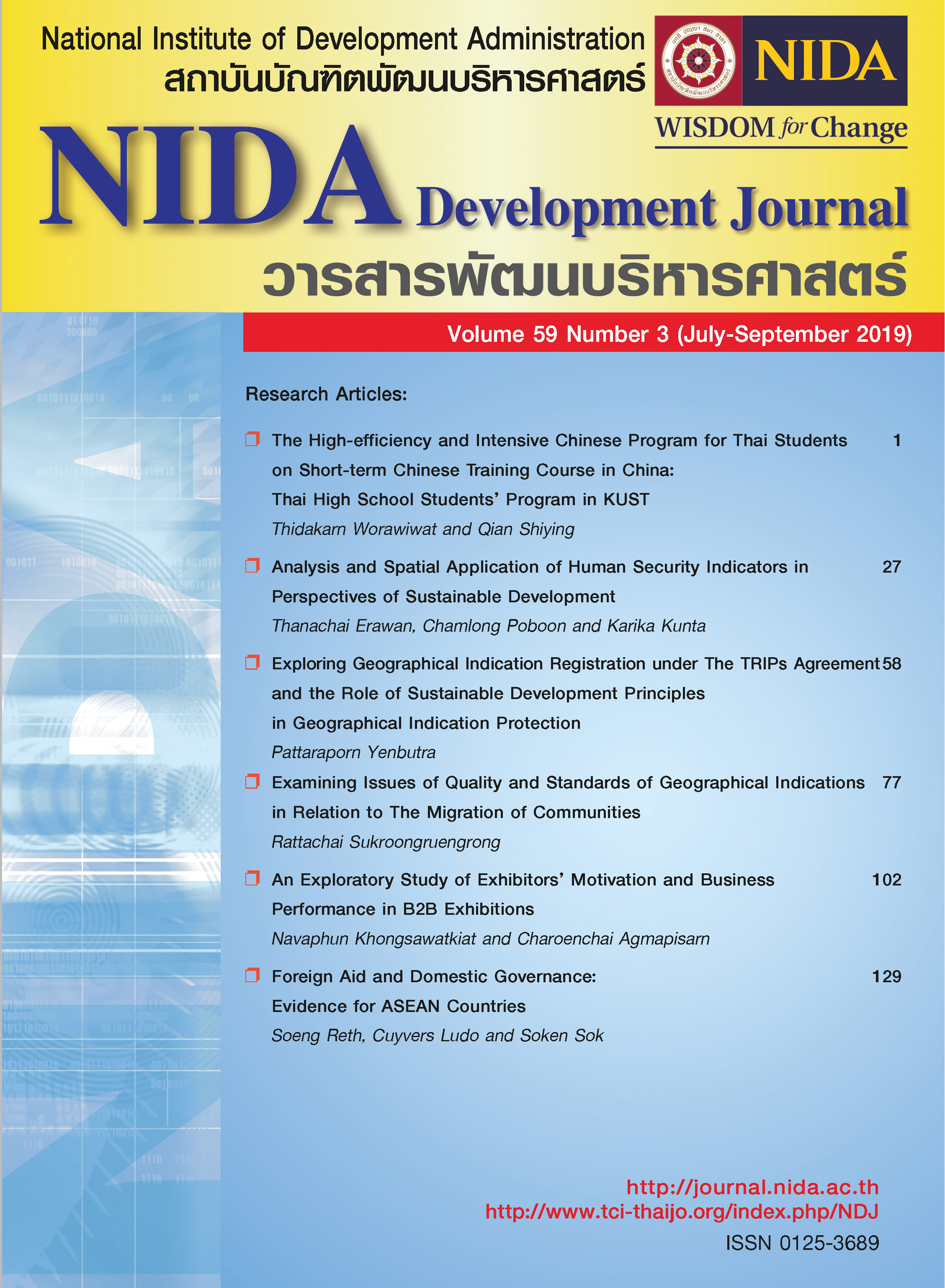Exploring Geographical Indication Registration under the TRIPs Agreement and the Role of Sustainable Development Principles in Geographical Indication Protection
Keywords:
Geographical Indications, TRIPs Agreement, Sustainable Development, registration, HomonymAbstract
The TRIPs Agreement does not specify how geographical indications are to be registered and protected in other countries, either. Clearly defined criteria are required to assess whether the TRIPs Agreement protects geographic indications in line with sustainable development. Achieving a balance between the economy, society, and the environment is required to protect geographical indications. These guidelines can help improve the international scope and criteria for protecting geographical indications under the TRIPs Agreement. There should be criteria or an interpretation in the TRIPs Agreement to protect geographical indications in their country of origin, and exceptions for homonymous terms where the term implies a different geographic origin should be made.
References
Delphine Marie-Vivien et al. (2017). Are French Geographical Indications Losing Their Soul? Analyzing Recent Developments in the Governance of the Link to the Origin in France. World Development, 98, p.24. Retrieved February 24, 2017. From http://dx.doi.org/ 10.1016/ j.worlddev.2015.01.001.
Sudhir Ravindran and Arya Mathew. The Protection of Geographical Indication in India - Case Study on ‘Darjeeling Tea’. International property rights 58 index 2009 report, Retrieved August 1, 2017. from https://www.altacit.com/wp-content/uploads/2021/09/The-Protection-of-Geographical-Indication-in-India-Case-Study-on-Darjeeling-Tea.pdf
Vandecandelaere, Emilie et al. (2018). Food and Agriculture Organization of the United Nations. Strengthening sustainable food systems through geographical indications An analysis of economic impacts. Retrieved May 12, 2018 from https://www.fao.org/3/I8737EN/i8737 en.pdf
Chethana, A.N., Nagaraj, N., Chengappa, P., & Gracy, C.P. (2010). Geographical Indications for Kodagu Coffee – A Socio-economic Feasibility Analysis. Agricultural Economics Research Review, 23(1), Retrieved May 4, 2018 from http://ageconsearch.umn.edu/ bitstream/ 92157/2/11-AN-Chethana.
Barham, E. (2003). Translating terroir: the global challenge of French AOC labeling. Journal of Rural Studies, 19(1), 127–138. Retrieved May 3, 2018 from https://doi.org/10.1016/ s0743-0167(02)00052-9
Reviron, S., Thevenod-Mottet, E., & El-Benni, N. (2009). Geographical Indications: creation and distribution of economic value in developing countries. NCCR Trade Working Paper No 2009/14. Retrieved June 6, 2018 from https://www.researchgate.net/publication/ 259999235. Geographical_Indications_creation_and_distribution_of_economic_value_in_ developing_countries.
Monten, L. (2005). Geographical Indications of Origin: Should They Be Protected and Why? An Analysis of the Issue from the U.S. and EU Perspectives. Santa Clara High Technology Law Journal, 22(2), 315–349. Retrieved May 3, 2018 from https://core.ac.uk/download/ pdf/149256786.pdf
USPTO.GOV. 213 Right of Priority of Foreign Application [R-08.2017]. Retrieved May 23, 2018 from https://www.uspto.gov/web/offices/pac/mpep/s213.html
Blakeney, M. L. (2012). “Geographical Indications and TRIPS.” SSRN Electronic Journal, 7-34. Retrieved April 1, 2016 from https://doi.org/10.2139/ssrn.2177435
Making the Origin Count: The Colombian Experience. (2010, September 3). World Intellectual Property Organization (WIPO). Retrieved April 1, 2018 from https://www.wipo.int/ ipadvantage/ en/details.jsp?id=2617
Teuber, R. (2010). Geographical Indications of Origin as a Tool of Product Differentiation: The Case of Coffee. Journal of International Food & Agribusiness Marketing, 22(3–4), 277–298. Retrieved April 21, 2018 from https://doi.org/10.1080/08974431003641612
Sustainable agriculture for the future we want. European Commission. Retrieved December 4, 2016 from http://www.ec.europa.eu/agriculture/files/events/2012/rio-side-event/ brochure en.
Downloads
Published
How to Cite
Issue
Section
License
Copyright (c) 2020 NIDA Development Journal

This work is licensed under a Creative Commons Attribution-NonCommercial-NoDerivatives 4.0 International License.





